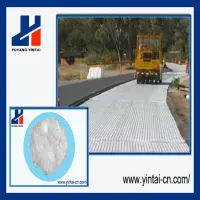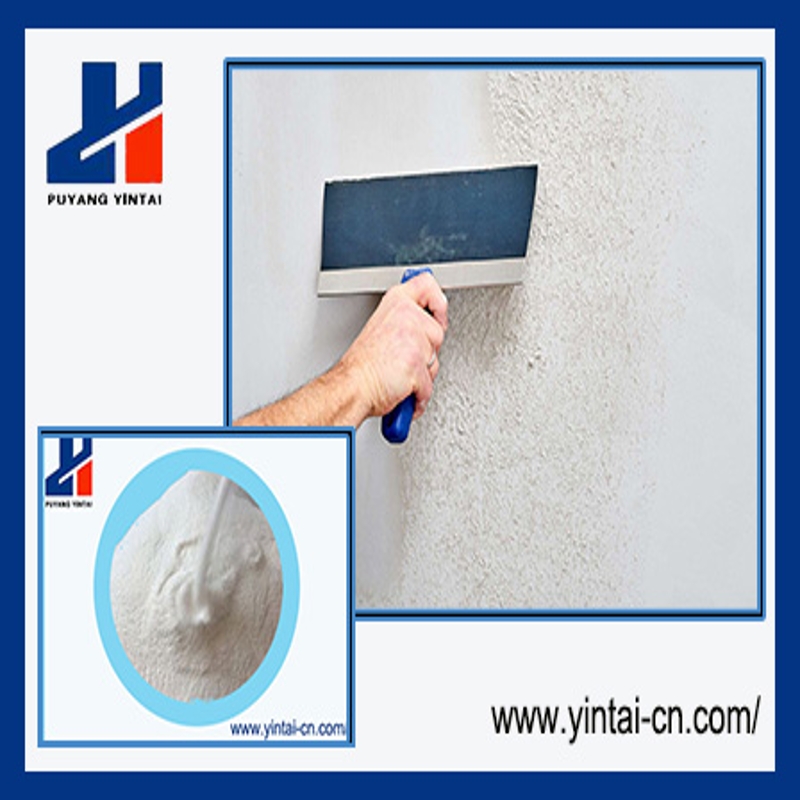-
Categories
-
Pharmaceutical Intermediates
-
Active Pharmaceutical Ingredients
-
Food Additives
- Industrial Coatings
- Agrochemicals
- Dyes and Pigments
- Surfactant
- Flavors and Fragrances
- Chemical Reagents
- Catalyst and Auxiliary
- Natural Products
- Inorganic Chemistry
-
Organic Chemistry
-
Biochemical Engineering
- Analytical Chemistry
- Cosmetic Ingredient
-
Pharmaceutical Intermediates
Promotion
ECHEMI Mall
Wholesale
Weekly Price
Exhibition
News
-
Trade Service
2-hydroxy-3-naphthoyl-o-anisidide (2-hydroxy-3-naphthoyl-o-anisidide) is also known as naphthol AS-OL (naphthol AS-OL), naphthol AS-OL, 2-hydroxyl -3-Naphthoyl is substituted for o-methoxyaniline, the molecular formula is C 18 H 15 NO 3 , the molecular weight is 293.
32, and the structural formula is
1.
Product performance
Beige powder; melting point 167~168°C; insoluble in water, slightly soluble in sodium bicarbonate , soluble in ethanol , soluble in caustic soda, showing a fluorescent yellow solution; toxic
.
2.
Production principle
2-Hydroxy-3-naphthoic acid (2,3-acid) is dehydrated after forming a salt with sodium carbonate in chlorobenzene
.
Then in the presence of phosphorus trichloride , it is condensed with anthranil
3.
Process flow
4.
Technical formula (kg/t)
5.
Main equipment
Salt dehydration pot, condensation reaction kettle, storage tank, distillation kettle, suction filter, dryer
.
6.
Production process
In the salt-forming dehydration pot, first add 4200L of solvent chlorobenzene, then add 640kg of 2,3-acid and 280kg of sodium carbonate , and heat to about 45°C
.
Be carbon dioxide during heating dehydration escape heated to 134 ~ 135 ℃, checking distilled anhydrous chlorobenzene is transparent, heating was stopped, and control of the material volume of 2800 ~ 3000L, chlorobenzene to give sodium 2,3 Solution
Move the chlorobenzene solution of sodium 2,3-sodium to the condensation kettle, cool to about 90°C, and add 423 kg of anthranil
.
Continue to cool to 63~67℃, and evenly add phosphorus trichloride and chlorobenzene mixed solution (243kg phosphorus trichloride, 55%-60% mixed solution made with about 180kg anhydrous chlorobenzene) within 2h
Add 1000L of water and 330L of 30% liquid caustic soda into the still, and then press the above condensate into it
.
After pressing, stir for 15 minutes, take a sample and determine the pH of the material liquid to be between 8.







